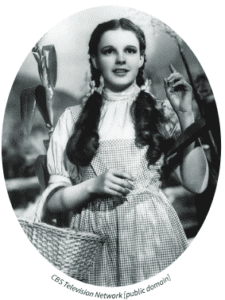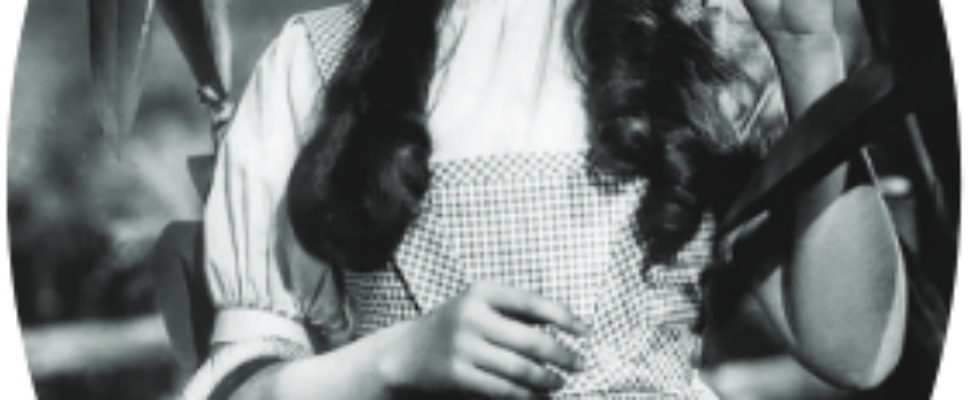A Place I Belong
A Place I Belong
by Robin Bush, Outreach Director

“Home” has a meaning that reaches into our souls. When we are “at home,” we feel safe, comfortable, cared for, and at ease. It’s a place to live and grow and gather, often in joy, and sometimes in sadness. Home is not just a house; it’s a feeling created by the people sharing their lives. Home is where we know we belong.
I grew up in a small town, with a close-knit family that had dinner together every night and that gathered with other families on weekends at church activities and school sports. We were not simply folks living down the street from each other. We knew each other and were a part of each other’s lives. We understood life’s challenges and celebrated our successes. We belonged to one another in a safe and reassuring way. I cherished the feeling that my community was my “home.”
As I grew older, the time came to move on and start the next chapter of my life. I arrived in a new town where I knew no one and, moved into a house shared by nine people ages 18 – 52. There was one house rule: we cooked and ate together every Thursday night. Around the table, we debated, teased, laughed, and cried. We became more than just people sharing a house. Those Thursday night dinners soon wrapped me in the same sense of belonging that made my childhood so rich. We didn’t know then that those dinners would transform our lives.
As time passed, we began to include next-door neighbors into our Thursday gatherings. Over time, they brought a few friends to join in and new and broader bonds formed. It wasn’t until we had a summer block party and 200 friends were dancing together in the street that I realized my home was, once again, an entire community where I belonged.
One day stands out more than others. That was the day our house caught fire. Neighbors took us in, fed us, and gave us places to sleep. We got the devastating news that insurance wouldn’t begin to cover it all. In a crisis, not knowing what to do, our lives took another surprising turn. It was a Saturday. One family down the street who ran a carpet business, showed up to scrub our walls and floors to remove the smoke. A neighbor who was a carpenter came and built us a new front door and two friends of his (who we didn’t even know) fixed the roof. Someone else with a truck hauled away the debris. One of our neighbors had the idea and organized it all. People from the next block over brought food to feed the workers, and two firefighters, who had put out the blaze, came by to wish us well. A week later, another neighbor got his church members to hold a rummage sale in our front yard to help us; that made $459. A few weeks later, two high schoolers on our street worked with a service club to organize a day they called “Phoenix Day.” Everyone on the block helped each other with yard work or construction projects that made our whole street look nicer. Like the Phoenix bird, hope rose out of the ashes. People who might not have otherwise interacted, came together around a common purpose – and it didn’t stop there. The next summer, our block party had grown to become a summer celebration that extended across six square blocks, organized by (guess who?) the same neighbor who had organized our clean up. By autumn, a neighbor led the start-up of an after-school program for lonely latchkey kids. Older folks welcomed them with a place to do homework until their parents came home. All this started with gathering for simple Thursday night suppers. It transformed where we lived and how we lived. A few committed leaders brought people together in new ways around a common vision of people helping people. They helped us build the place we all lived, into a community, where we all belonged. Ultimately, it became home for all of us.
Community building
In his book, “Community,” Peter Block shares, “The future is created one room at a time, one gathering at a time. Each gathering needs to become an example of the future we want to create. The group is where transformation takes place.” Every gathering is an opportunity to nurture new ways of being, acting, interacting, and cooperating. It is in coming together where possibilities begin.
These days, there’s a lot of “buzz” about community building. I have a shelf full of books with examples of communities coming together and blossoming. A thread is woven throughout all the success stories — community building requires a shift to believing we are a community of possibilities, not a community of problems. Problems are symptoms of a challenged community. The question is, how do we become a community focused on possibilities of who we can be? One answer begins with changing our language from the language of problems to one of collective possibilities; from finding fault, to finding the gifts we can each bring to the table; from expressing scarcity, to celebrating abundance; from hearing the few, to hearing everyone. When we believe each person and each organization brings a gift to the table that can be part of our collective future, we begin building a community of belonging where everyone joins together and forms the fabric of our lives that wraps around us all. That’s home, and you can create it wherever you are.
From the carpet cleaner who gave our floors a scrubbing, to the latch-key boy who found a new “grandpa” down the block who taught him to play ball after school, to the neighbors who joined in the neighborhood clean-up, community building is the transformation of lives and deepening of our connections to each other, one gift at a time.
Dorothy is right, “There’s no place like home.”

